One more. After exploring the ups and downs of the Gnome and KDE/Plasma crop of this year, we now focus on what Xfce can deliver us. Arguably, this is the third largest, most important desktop environment in the open-source universe, straddling the chasm between the two opposing philosophies of the G and K worlds.
Back in 2016, I found Xfce to be a very vibrant, healthy, innovative technology, with a good string of successes, and a range of balanced, practical distributions. There were no cardinal revolutions, but then also, there were no wild swings in quality, either. It was all rather stolid. Now, let’s see what 2017 can tell us.
Candidate 1: MX Linux MX-16 Metamorphosis
For many years, MX was an underdog offering, with lukewarm results – bland looks, a mismatched set of programs, average quality. But it rallied on, and with stubborn persistence, it rose through the ranks. Last year, it almost took the crown, and it also featured among the top five distributions in my annual roundup.
Continuing in the same spirit of its predecessor, MX-16 delivers a rounded, balanced experience. Good if not quite perfect network, media and smartphone support, a tedious installation that nevertheless gives you a full import of your live session, which is very neat and rather rare in the Linux world – Mageia is probably the only other distribution that actually bothers doing this.
But then, this is only a beginning – and MX-16 has a few aces up its sleeve – a range of custom, unique tools that offer a lot of value, phenomenal performance, and probably the best battery life record of all the different distros that I’ve tried. It was also very stable, and it packs a colorful set of programs. MX-16 manages to embody Xfce in a good way – while it is reserved and less shiny than some rivals, it focuses on delivering results first, bling second – and it shows. This was definitely a phenomenal start for the year Xfce-wise.
Candidate 2: Xubuntu 17.04 Zesty Zapus
The Xfce flavor of the spring version of Ubuntu was a pretty reasonable offering, all in all. With the spectacular Kubuntu screaming at its heels, it had to show its worth, and largely, it succeeded, with good media and smartphone connectivity, an easily customizable interface, and reasonable hardware support plus fairly neat performance.
However, software management wasn’t as slick as in the past, there were small compatibility problems with some of the peripherals and a few other inconsistencies in the desktop stack, and battery life disappointed doubly, both as it wasn’t as good in what ought to be a seemingly bloatier desktop – Plasma – and also comparing to the record-setting MX-16.
It worked well all in all, giving solid results across the board, but it did not truly spark and shine in any one category. But then, given the almost chaotic record of behavior in the other two stacks, Xfce managed to retain a sane dose of consistency for now, and Xubuntu Zesty is a good, mature, rounded representative.
Candidate 3: Manjaro 17.0.1 Gellivara
Like Antergos, Manjaro is an Arch-based system, and it tries very hard to hide its nerdy roots from the user. And much like MX-16, it is constantly improving, gaining traction, brand recognition and quality. My midyear test with this distribution proved to be another refreshing, stable experience.
Media, smartphone support, fast package management with some small dependency issues, and excellent performance. But then, there were some regressions after all – on the network side. Bluetooth did not work, battery life was only okay, and the UI side of things needed some spit and polish. But then, three out of three, four-star up releases, offering a no-nonsense desktop experience in the true classic sense, with a smart layout, a good range of applications, and most of the goodies that people need. Gellivara proved to be capable of satisfying both the primal needs, maintaining the edge of quality and consistency, and hiding its identity. Another recommended product, offering yet more choice and variety to the desktop user.
Candidate 4: Xubuntu 17.10 Artful Aardvark
I knew it could not last. A perfect record with all of the tested candidates is unheard of, although comparing to the almost binary mood swings with Gnome and Plasma, Xfce was a smooth as a pond. Alas, Aardvark disappointed heavily, bringing its baggage of regressions and problems from the parent distro. The basics were good, including fonts and daily fun stuff, plus cautiously okay package management and an uneventful setup of proprietary drivers on a laptop with Nvidia graphics.
But then, on the hardware side, many other things did not work well, including webcam and suspend & resume functionality, and there were a bunch of application crashes, something that I have not seen in a long time in an Xfce distro. Performance remains spot on, and you can customize the desktop as you please, although the accessibility of this set of feature still feels a bit scattered.
Xubuntu 17.10 is an average distro, and it does not truly reflect on Xfce, from what I was able to see and test throughout the year, but then, it is still the most noticeable member of the Xfce family, and it should behave accordingly. So it is not a distro that I would recommend, but it still warrants testing, and it can still show some of the merits of the Xfce desktop.
And the winner is …
I realized that this year, most of my focus was on Gnome and Plasma distributions. That’s perhaps a shame, but it does highlight some shift in my interest. Year 2016 was definitely the Xfce year. 2017 seems to be more of a Plasma year.
Anyway, funnily enough, my Xfce enthusiasm slowly trended down from spectacular to average, although the first three tests were relatively close in terms of looks, quality, media and shiny stuff, and performance. In fact, performance remains the bastion of this desktop environment – you can always count on speed.
And so the winner is – MX-16. This really is a great distribution. Right from the start, you get access to music, videos and gadgets, you can import your live session, the MX Tools box is an excellent addition to the software arsenal, and with blazing performance and magical battery life, MX-16 and its Xfce setup give you the quintessential classic desktop that you want or need. Truly a breath of fresh air in every sense of the idiom.
Conclusion
So what happened in 2017? Well, Gnome lost, Plasma won, and Xfce decided to settle in the middle, watching, waiting, lurking, biding its time. Some of the momentum is gone, and I do admit, it’s very hard to maintain it, but then, on the other hand, Xfce provided stability and sanity where the others decided to play hopscotch in a minefield. Perhaps it did not wow and stun as much as say Kubuntu Zesty, but then it also did not bring me to despair or tears like half a dozen other distros.
The knowledge you always have a steady, reliable baseline is quite comforting, and Xfce bears this label with pride. It’s the unrewarded workhorse of the Linux world, and it’s battling color with practicality, trying not to gain or lose too much of either one. The truth is, it does not have to be a zero-sum game, and Xfce can become better, both visually and functionality. In 2017, it was largely consistent, with high quality and predictably lighting-fast performance. Some niggles and issues remain, mostly around how to present everything to the user in a way that does not destroy a carefully stacked deck of cards, and that sounds like a cool challenge for the next year. Xfce does not need to prove itself anymore, and it has enough critical mass to be able to risk it. 2018 ought to be interesting indeed. Meanwhile, if you’re not in the mood for drama, MX-16 is an excellent choice, with focus on speed, productivity and humble style. Take care.
[sharedaddy]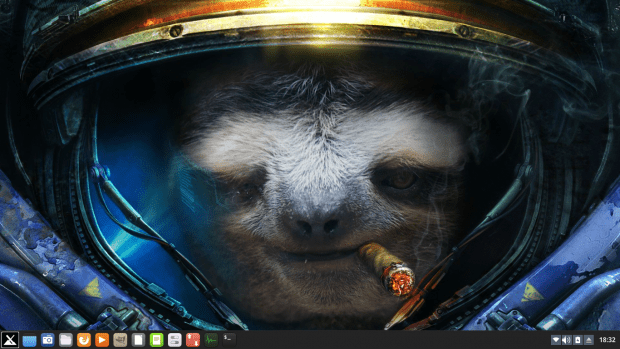
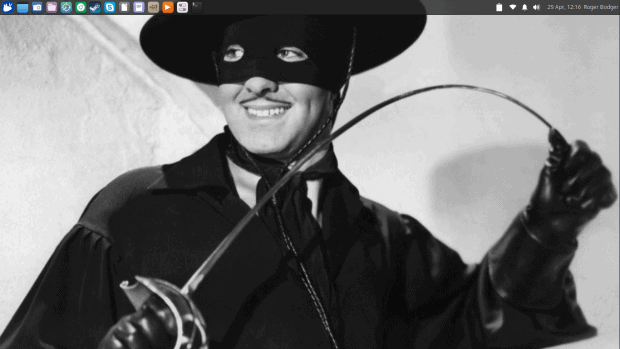
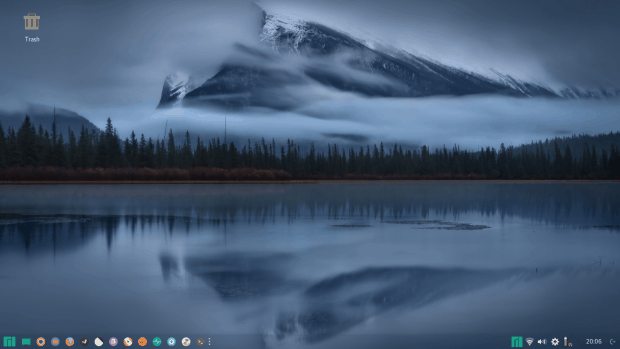
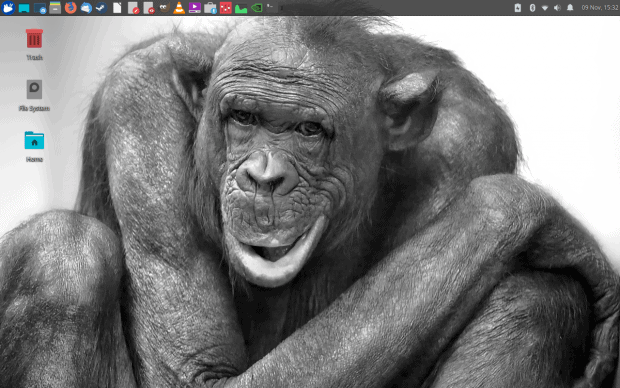



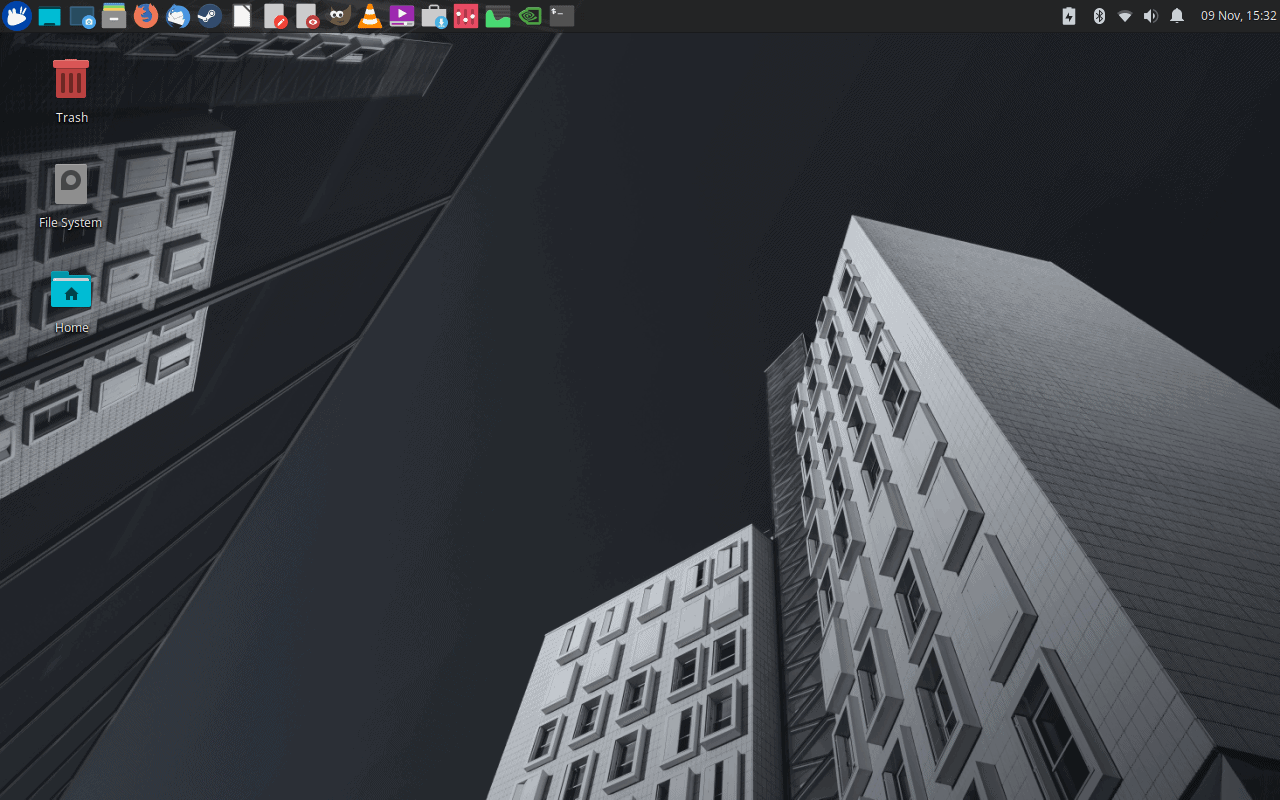
As you (of course!) remember, you declared Mint 17.3 Xfce to be the best distro, period of 2016. I have a lot of confidence in your views and reviews, and acted accordingly; my experiences have been that you were “dead on” with your assessment of Mint 17.3; so much so that I am loathe to change to Mint-18-point-anything after having taken your advice–and seen some of the LM Blogs on 18.3
As I feel that articles such as this are as important for highlighting negatives as positives, i wonder if you would comment–briefly (after all, the article is ‘over and done with’)–on how Mint 18.1–since it was released in January of 2017–would have fared, had it been included in this article.
I would deeply appreciate your considering this request; you could characterise me as a Mint groupie, but not to the extent of ignoring honest, objective data and facts. As a matter of fact, I’m going to check out MX-16. Thank you.
Warmest regards…
It is sad to mention that Mint 18.3 xfce is not even taken for review and ignored. I think the word “Best” might be misinterpreted. Whether it means Usability/Stability or any other hidden agenda?!?
Mint 18.1 Xfce was the only one available for all of 2017; 18.3 was just released from Beta.
I have been a firm believer and user of MX16 before a review was done here. MX17 promises to be as good or better.
What about Linux Lite…a super user-friendly and rock solid Xfce distro?
Gnome lost???
Dear Dedoimedo, I know I’m off topic here. But since these latest distros seem to struggle in achieving sufficience, why don’t you review latest Centos incarnation, too? (Me, I’m a Fedora/Plasma user from F22, quite satisfied with it, but I have to say that I chose my noteook according to linux device compatibility, not the other way round, so I’m not your tipical desktop user) . Keep up the good work, you might seem vitriolic, but every time I happen to work with Gnome2 I realize that Linux community has lost at least five years trying to reinvent the desktop for NO.GOOD.REASON.
I will do that. Just remember, many distros, one me.
Dedoimedo
Only xfce with zero complains for 3 years and several distros.
I’ve been searching for a Debian based distro to replace the likes of Xubuntu and Mint XFCE. I’ve been using Q4OS 2.4 Scorpion for several months, and really liked it, but I don’t like the way backports (particularly LibreOffice) are difficult to update without dependency problems.
And then I took MX 17 for a spin. Wow! Fast, stable and with newer software versions than Q4OS, which seems made to stick with Debian stable software versions (which age quickly).
I love the tools MX 17 includes, as well as the preinstalled software choices. This a great distro for any computer, especially older ones!
Ignoring Mint 18.3 xfce? Criminally negligent.
You are here.
The article’s title is, “Best Xfce distro of 2017“.
You need to read the comments.
“One doesn’t get invited to a party just to eat the food.”
cutie